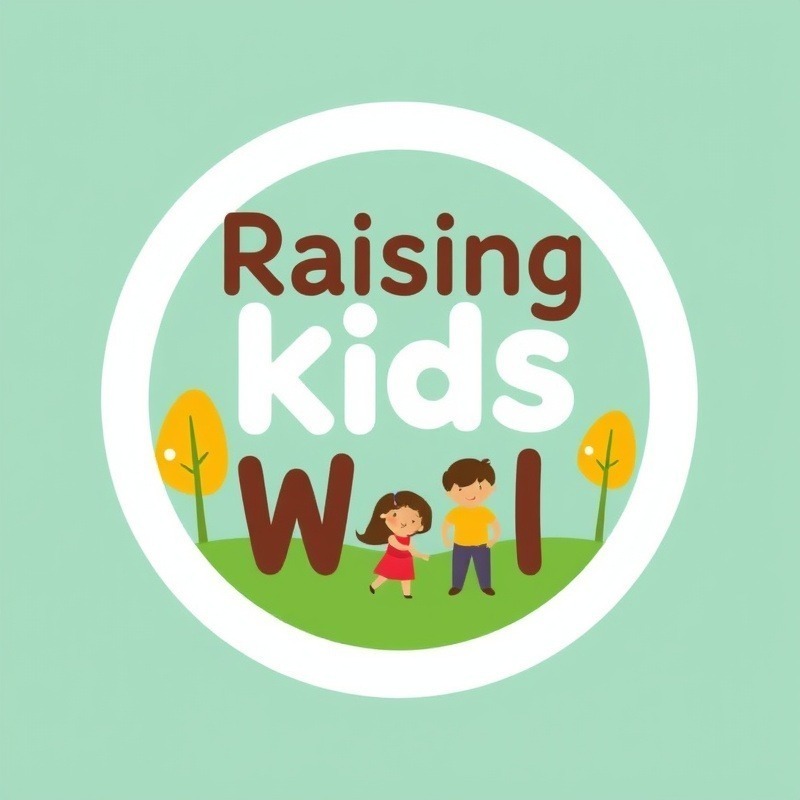
Understanding Rejection Therapy: A Bold Approach to Social Anxiety
In a world where social interactions are essential but often daunting, especially for those with social anxiety, a new trend has emerged — rejection therapy. What started as a challenge on platforms like TikTok has evolved into a fascinating self-help strategy aimed at combating fears associated with social rejection. This article explores how rejection therapy works, its potential benefits and risks, and how individuals can approach this unique method of building resilience.
What is Rejection Therapy?
Rejection therapy involves intentionally placing oneself in situations where rejection is likely. This can range from harmless requests, such as asking a stranger to borrow their phone charger, to more audacious challenges like attempting to talk your way into a fancy restaurant without a reservation. The principle behind this therapy is rooted in exposure therapy, which aims to desensitize individuals to emotional discomfort over time. By repeatedly facing rejection, participants learn to cope with the fear and embarrassment that often accompany social interactions.
A Dose of Confidence: The Psychology Behind Rejection Therapy
The success of rejection therapy hinges on its ability to shift perspectives surrounding rejection. Clinical psychologists emphasize that rejection, while uncomfortable, is a natural facet of life. "Understanding that rejection is not a reflection of your self-worth can fundamentally change how you respond in social situations," explains Dr. Hannah Holmes. This perspective encourages individuals not to fear negative responses but instead to embrace them as opportunities for growth.
Starting Slow: Practical Steps for Engaging in Rejection Therapy
If you're considering trying rejection therapy, experts recommend starting small. Begin by setting manageable challenges that make you slightly uncomfortable but are not overwhelming. For instance, ask a neighbor if they would like to join you for a walk, or inquire if a local café accepts tips for service feedback. These smaller interactions can help build confidence and allow you to process the outcomes—both positive and negative—effectively.
Rejection Therapy: Risks and Considerations
While the concept of rejection therapy can be empowering, it is essential to approach it with caution. Unlike professional therapy, rejection therapy lacks oversight and supportive frameworks. As emphasized across various reports, including findings from Verywell Mind, this self-directed tool may not be suitable for everyone. If social anxiety significantly impacts your daily life, seeking professional guidance is vital. A therapist can provide coping strategies, support, and a safe space to navigate personal challenges.
Real-Life Experiences: Does Rejection Therapy Work?
Many individuals have shared their experiences with rejection therapy, highlighting its potential benefits. Some feel an increased sense of confidence and lower anxiety levels after trying out various challenges. However, it’s crucial to remember that experiences can vary significantly. For instance, one participant noted that while rejection therapy did not eliminate social anxiety, it helped her respond to anxiety-provoking situations with more ease. “Rejection doesn’t mean I’m unworthy; it just means I showed up,” she stated, emphasizing a newfound ability to cope with rejection.
Conclusion: What’s Right for You?
Ultimately, rejection therapy can be a fun and insightful practice for some, while others may find it more beneficial to engage in traditional therapeutic methods. If you feel inspired to try it, remember to be kind to yourself. Embrace the lessons learned through each experience, whether they affirm your confidence or bring forth feelings of vulnerability. Regardless of the path chosen, the goal remains the same: to understand rejection better and build emotional resilience.
 Add Row
Add Row  Add
Add 



Write A Comment